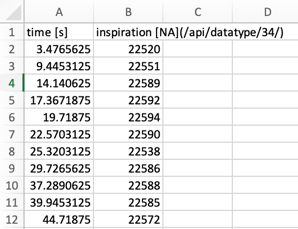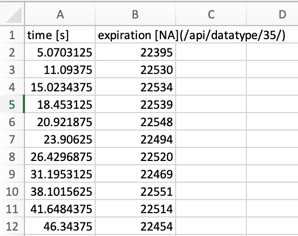Hexoskin Breathing Sensors
This article explains the Respiratory Inductive Plethysmography (RIP) sensors that are embedded in the Hexoskin Smart Shirts and Hexoskin ProShirts
The Hexoskin breathing sensors are based on respiratory inductive plethysmography (RIP) technology. They detect rib cage expansion and compression during respiratory cycles. The embedded loops are located at the thoracic and navel levels and allow for the monitoring of thoracic and abdominal breathing independently.
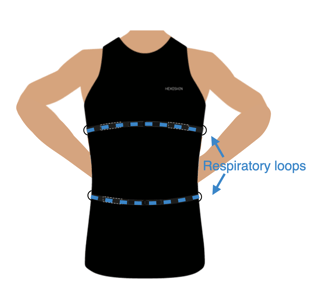
The Hexoskin generates a low current-low-voltage signal and transmits it to the RIP bands in the shirt. Based on the RIP band lengths, the signal oscillates at different frequencies. We monitor these changes in frequency and translate them to respiration values 128 times per second.
More precisely, as the user is breathing in and out, the RIP bands generate an oscillation frequency. An increase in chest band diameter (inhalation) will produce a decrease in frequency.
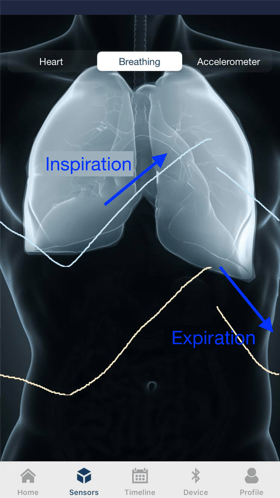
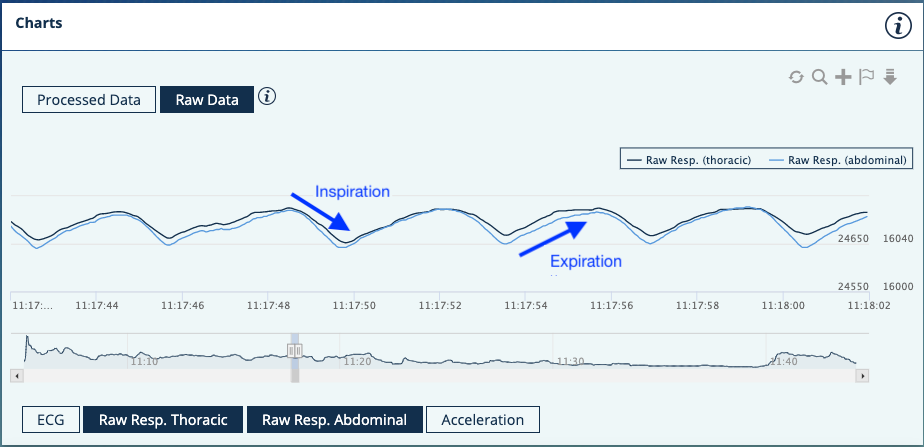
All inhalations (inspirations) and exhalations (expirations) are detected by Hexoskin. When data is downloaded in binary format, the "inspiration.csv" and "expiration.csv" files are made available. All inhalations and exhalations are time-stamped.
For inhalation, the values taken into account are the maximum values (top of the thoracic and abdominal breathing curves) while for exhalation, the values taken into account are the minimum values (bottom of the thoracic and abdominal breathing curves).
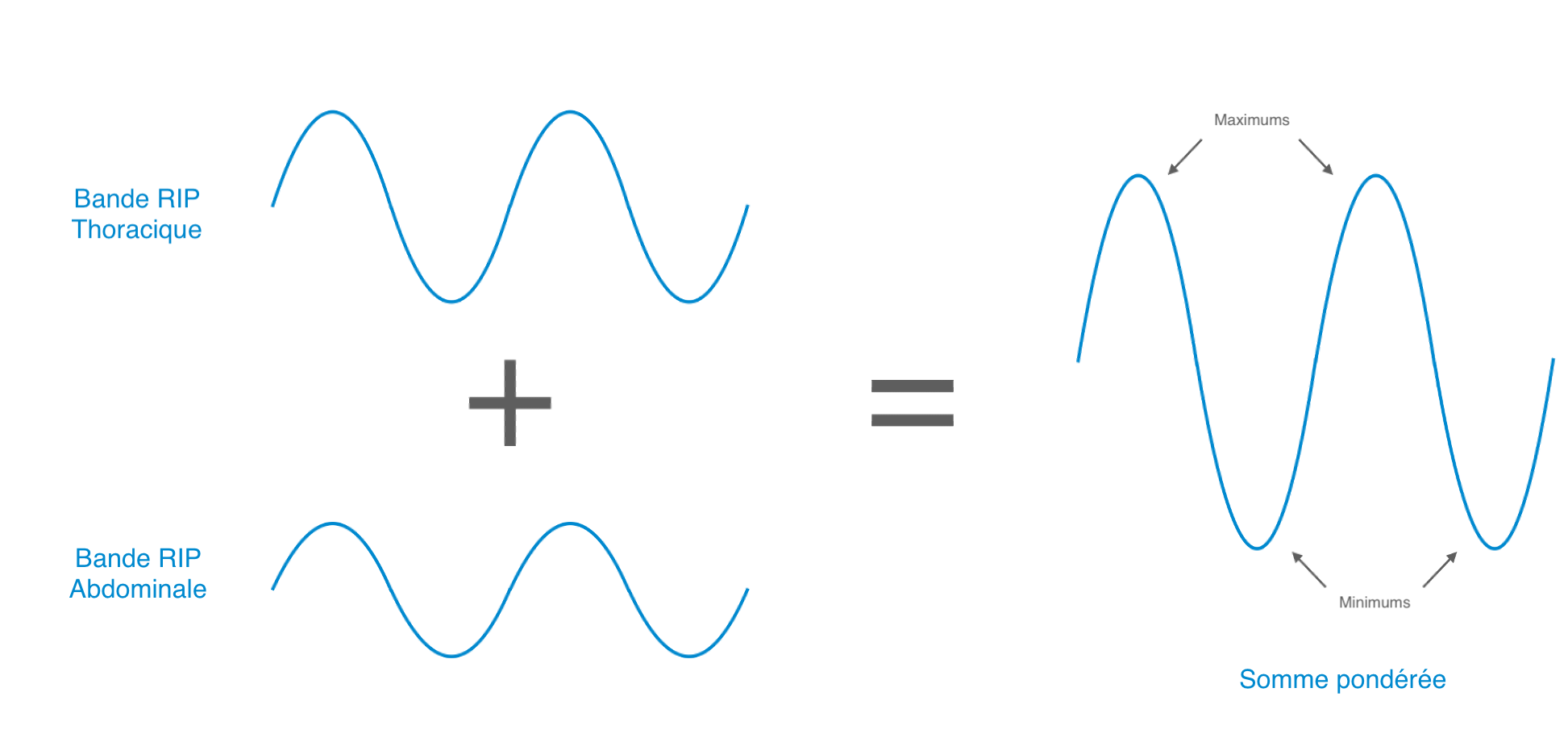
The weighted sums (75% thoracic and 25% abdominal) of the inhalation and exhalation values are then calculated and made available in the "inspiration.csv" and "expiration.csv" files.
